Migraine and Weather Forecasting Skill
A 60-year-old female came in with the history of migraines for over 20 years. She takes pain medication regularly whenever she got the migraines, sometimes she felt better when she took the medication, sometimes nothing helped. She suffered from headaches at least a couple of months, especially before the weather became cloudy, rainy and damp.
Whenever she was down with a migraine, her family knew that they were going to have bad weather in a few hours. I began with the basic NAET with her. When she completed her basic fifteen, she got free from her migraines. She reported lately that since she completed NAET basics two years ago, she hasn’t had a migraine. She also lost her talent in forecasting the weather.
-Yumie Saito, BCSc, RN, Shizuoka, Japan
What is Migraine?
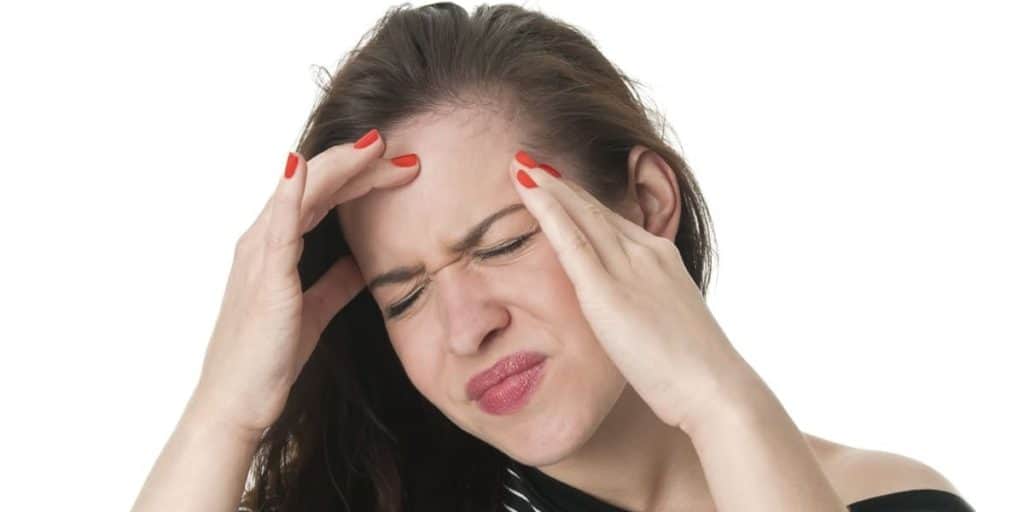
Migraines are characterized by severe head pain often accompanied by other symptoms, which can be disabling in nature. These migraine symptoms include but are not limited to: nausea, vomiting, difficulty speaking, numbness or tingling, and sensitivity to light and sound. Migraines often tend to run in families.
The duration of a migraine attack can vary, however, most migraine attacks will last at least four hours. If you are experiencing symptoms for more than three days, you should seek help from your physician.
Migraine attacks typically go through four phases, although it is possible to have attacks which skip one or more phases. In fact, it is even possible to have a migraine attack without the “headache” phase. This type of migraine is referred to as acephalgic migraine also known as “silent” migraine.
Types of Migraine
The two major types of migraine are:
1. Migraine without aura
Or common migraine is the more prevalent form of migraine. Symptoms include headache pain that occurs without warning and is usually felt on one side of the head, along with nausea, confusion, blurred vision, mood changes, fatigue, and increased sensitivity to light, sound, or noise.
Symptoms
Most people feel migraine pain in the front of the head, on one or both sides of the temples. It may throb or be steady. The headache may last from 4 to 72 hours.
You might also have any of these other symptoms:
- Nausea
- Vomiting
- Yawning
- Irritability
- Low blood pressure
- Feeling “hyper”
- Sensitivity to light, sounds, or motion
- Dark circles under your eyes
Tips to help cope with aura
• Speak to your doctor about suitable preventative treatments, such as topiramate, verapamil, and amitriptyline, which can help to reduce your aura symptoms.
• Try and improve your nerve health by taking herbal remedies, such as Omega 3 fish oil capsules, cod liver supplements, magnesium (400mg), vitamin B2 (150mg – 400mg) and Co-enzyme Q10 (150mg) daily.
• Exercise regularly and get plenty of fresh air: this can help prevent attacks and is beneficial to your overall well being.
• Try de-stressing: practice deep breathing exercises and try to make your life less complicated by taking simple steps, such as doing things one at a time or planning ahead.
• Take some time out to relax: try using various complementary therapies that can help aid relaxation, such as yoga, acupuncture, physiotherapy, and biofeedback. For an information booklet on migraine and relaxation.
2. Migraine with aura

Previously called classic migraine includes visual disturbances and other neurological symptoms that appear about 10 to 60 minutes before the onset of the headache and usually last no more than an hour. Individuals may temporarily lose part or all of their vision. The aura may occur without headache pain, which can strike at any time.
Other classic symptoms include trouble speaking; an abnormal sensation, numbness, or muscle weakness on one side of the body; a tingling sensation in the hands or face, and confusion. Nausea, loss of appetite, and increased sensitivity to light, sound, or noise may precede the headache.
Symptoms
About a third of people will get warning signs hours or days before a migraine. This is called the prodrome or pre-headache phase. You may:
- Have food cravings
- Get “hyper” or cranky
- Be fatigued and yawn more
- Feel stiff, especially your neck
- Need to pee more often
- Get constipated or have diarrhea
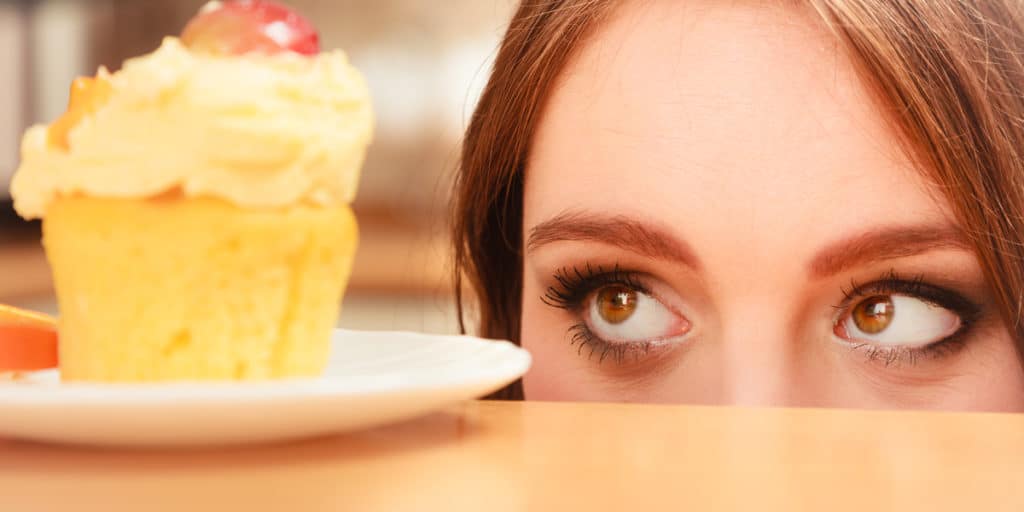
Auras often start within an hour or so of the headache. They aren’t just distorted vision, though. They can affect any of your senses.
- Blind spots (scotomas)
- Vision loss in part of one or both eyes
- Seeing zigzag patterns (fortification spectra)
- Seeing flashing lights (scintilla)
- Seeing, hearing, or smelling things that aren’t really there (hallucinations)
- Prickling, tingling, or numbness (paresthesia)
- Weakness
- Trouble finding words or speaking (aphasia)
Causes
The cause of migraine with aura isn’t clearly understood. It’s believed that the migraine with visual aura is like an electrical or chemical wave that moves across the part of your brain that processes visual signals (visual cortex) and causes these visual hallucinations.
Many of the same factors that trigger migraine can also trigger migraine with aura, including stress, bright lights, some foods and medications, too much or too little sleep, and menstruation.
Phases of Migraine
Migraine is divided into four phases, all of which may be present during the attack:
- Premonitory symptoms occur up to 48 hours prior to developing a migraine. These include food cravings, unexplained mood changes (depression or euphoria), uncontrollable yawning, fluid retention, or increased urination.
- Aura. Some people will see flashing or bright lights or what looks like heat waves immediately prior to or during the migraine, while others may experience muscle weakness or the sensation of being touched or grabbed.
- Headache. A migraine usually starts gradually and builds in intensity. It is possible to have migraine without head pain.
- Postdrome (following the headache). Individuals are often exhausted or confused following a migraine. The postdrome period may last up to a day before people feel back to normal.
Foods That Can Trigger Migraines
Tyramine or Phenylethylamine
While what triggers a migraine is different for everybody, the most common food culprits out there contain tyramine or phenylethylamine, two amino acids found in chocolate, aged or fermented cheese (including cheddar, blue, Brie, and all hard and “moldy” cheeses), soy foods, nuts, citrus fruits, and vinegar (both red and balsamic).
Caffeine

People with sensitivity to caffeine can develop migraines after drinking coffee, black tea, green tea, cola soft drinks, or other caffeinated beverages. But caffeine can also be used to stop a migraine that is just beginning — that’s why many over-the-counter migraine medications contain caffeine. Test your personal response to caffeine: If it gives you headaches, avoid it.
Aspartame
Some people report that aspartame, a common artificial sweetener, can also be a migraine trigger. Take note when partaking of diet beverages, light yogurts, sugar-free candies, low-calorie desserts, and other foods and beverages made with this artificial sweetener (also known as NutraSweet and Equal) to see whether they are a migraine trigger for you.
Common Additives
Monosodium glutamate (MSG), which is found in soy sauce and as a food additive in many other foods, has been found to cause cramps, diarrhea, and a horrible headache in 10 to 15 percent of people who get migraine headaches. “Soy sauce as a migraine trigger is probably due to MSG, but soy sauce is also very salty, which can lead to dehydration, another possible headache trigger,”
Sulfites
Sulfites, another preservative, are commonly found in most dried fruits (including prunes, figs, and apricots), wine (white and red), and many processed foods. Check labels carefully to avoid this sneaky migraine trigger.
Nitrites
Hot dogs, deli meats, and pepperoni all contain nitrites, another common trigger for migraines. Used mostly as a preservative and for added flavor, nitrites are also found in sausages (including chicken, turkey and soy sausages), jerky (beef and turkey), corned beef, or other foods that have been cured, smoked, pickled, or canned.
To stay safe, look for nitrite-free varieties of these items at the grocery store and steer clear of them when dining out.
Leftovers
Because tyramine content increases over time, especially if food is improperly stored, migraine sufferers should avoid eating leftovers. Be mindful of this when eating at parties or at the office — both are typical places where food is left unrefrigerated for long periods. If you do need to store food, be vigilant about using airtight containers.
Alcohol
Be careful at cocktail parties! Beer, red wine, sherry, and vermouth contain large amounts of tyramine, one of the most powerful migraine triggers. A bigger reason to steer clear of booze is that any type of alcohol causes dehydration, which is a major cause of headaches. If you’re drinking, it’s always a good idea to alternate alcoholic drinks with water or seltzer — but if alcohol is a trigger for your migraines, it’s best to refrain completely.
Ice cream or other cold foods
The stabbing pain you get when you eat ice cream too fast is a reaction to the cold, not the ice cream itself. An ice cream headache is more likely if you are overheated. The pain peaks in about 30 to 60 seconds. “Cold foods like ice cream may be migraine triggers for people who suffer from migraines, but for most people, the pain goes away quickly. The solution is to eat your ice cream or drink your cold drink more slowly,”.
There are a few classic foods that trigger headaches in many people, but many different foods can trigger headaches for certain individuals. That’s why keeping a food diary to document your headaches is a good idea.
Migraine triggers
A number of factors may trigger migraines, including:
- Hormonal changes in women. Fluctuations in estrogen seem to trigger headaches in many women. Women with a history of migraines often report headaches immediately before or during their periods, when they have a major drop in estrogen. Others have an increased tendency to develop migraines during pregnancy or menopause. Hormonal medications, such as oral contraceptives and hormone replacement therapy, also may worsen migraines. Some women, however, find their migraines occur less often when taking these medications.
- Drinks. Alcohol, especially wine, and highly caffeinated beverages may trigger migraines.
- Stress. Stress at work or home can cause migraines.
- Sensory stimuli. Bright lights and sun glare can induce migraines, as can loud sounds. Strong smells — including perfume, paint thinner, secondhand smoke, and others — can trigger migraines in some people.
- Changes in the wake-sleep pattern. Missing sleep or getting too much sleep may trigger migraines in some people, as can jet lag.
- Physical factors. Intense physical exertion, including sexual activity, may provoke migraines.
- Changes in the environment. A change of weather or barometric pressure can prompt a migraine.
- Medications. Oral contraceptives and vasodilators, such as nitroglycerin, can aggravate migraines.
Diagnosing migraine
The first-ever attack of migraine can look like many other conditions, including meningitis or even a stroke – so great care can be needed in making the initial diagnosis.
Once several attacks have occurred, however, the pattern becomes recognizable as migraine-type headaches do not persist longer than 72 hours – headaches that last for longer without stopping are not migraines.
Depending on the circumstances, it may be necessary for the person to see a specialist (neurologist) to have investigations such as a brain scan.
Other tests, such as those for ‘allergies’ or which seek to identify triggers for the migraine, are of little help. Blood tests are normal in migraine.
Home Remedies for Migraines
1. Apple Cider Vinegar
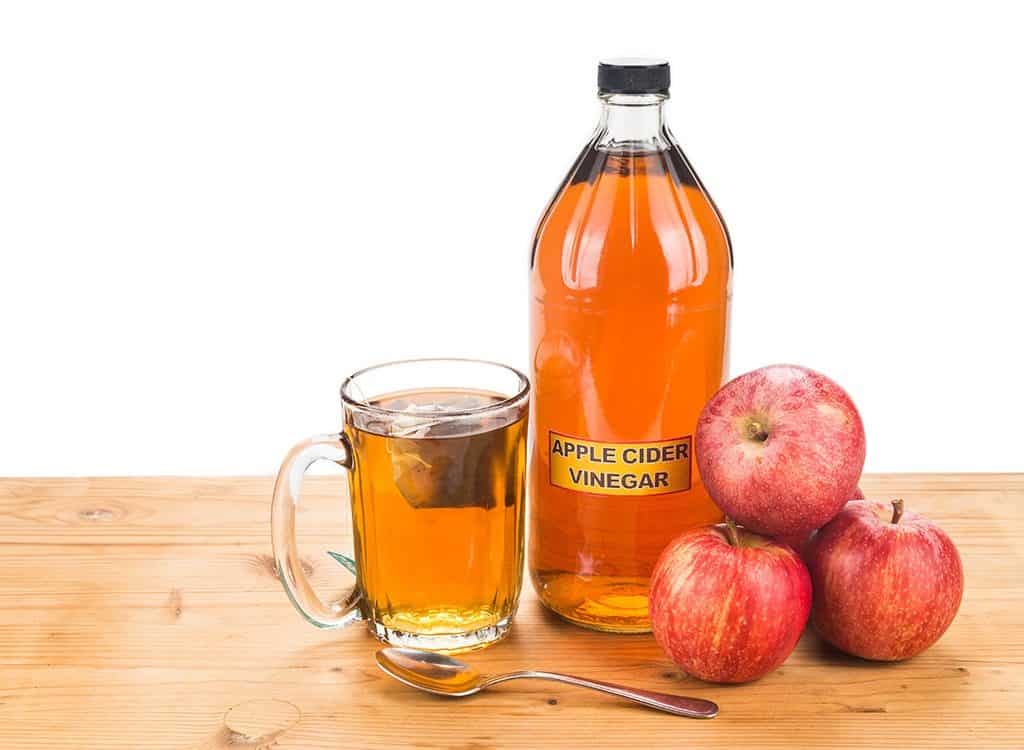
Being a nutritional powerhouse, apple cider vinegar helps reduce migraines. Apple cider vinegar also offers health benefits like aiding detoxification, controlling blood sugar, regulating high blood pressure, reducing bone pain, promoting weight loss and relieving constipation.
- Add one tablespoon of organic apple cider vinegar to a glass of water.
- Mix in one tablespoon of honey.
- Drink this daily to prevent as well as treat migraines.
If you are not used to taking apple cider vinegar, start by taking one teaspoon and gradually increase the amount. During migraine attacks or when you feel them coming on, you can take two or three tablespoons.
2. Ice Pack
Using an ice pack is perhaps the most popular home remedy to get rid of tension as well as migraine headaches. It has a numbing effect that alleviates pain.
- Wrap a few ice cubes in a clean towel and place it on your temples, forehead and/or the back of your neck for 10 to 15 minutes. Repeat as needed.
- You can also try alternating hot and cold compresses for about 15 minutes, as needed. For better results, add lavender and/or peppermint essential oils to the water for the compress.
3. Peppermint Oil
Peppermint is a soothing home remedy that has been shown to benefit tension headaches. This fresh-smelling oil has vaso-constricting and vaso-dilating properties, which help control blood flow in the body. Headaches and migraine pain are often due to poor blood flow, and peppermint oil helps to open and close the vessels that promote flow. Peppermint home remedies also open up the sinuses so that more oxygen can get into the bloodstream.
4. Cayenne Pepper
Cayenne pepper is a great home remedy for migraines because it stimulates circulation and improves blood flow. Plus, it contains capsaicin, a compound that works as a natural painkiller.
- Mix one-half to one teaspoon of cayenne pepper in a cup of warm water.
- Optionally, add some lemon juice and honey to improve the taste as well as health benefits.
- Drink this as needed.
5. Chamomile
Chamomile has anti-inflammatory, antispasmodic, and soothing properties that help relieve migraines. Regularly drinking chamomile tea can also help prevent the problem.
When dealing with migraines, you’ll get the best results using German chamomile (Matricaria recutita). So, when purchasing this herb, look for the label that says “German chamomile”.
- Steep two to three teaspoons of dried chamomile flowers in a cup of hot water for a few minutes. You can also add some lemon juice and honey. Strain and drink this tea three or four times a day for relief from migraine symptoms.
- Alternatively, prepare an herbal tea by steeping equal quantities of chamomile, horehound, and meadowsweet in a cup of hot water for at least five minutes. Strain and drink it. Repeat as needed.
6. Ginger
A 2013 study published in Phytotherapy Research indicates that ginger may prove effective in the treatment of common migraines.

It blocks prostaglandins, which are chemicals that promote muscle contractions, impact hormones and regulate inflammation in blood vessels in the brain. Most non-steroidal anti-inflammatory drugs (NSAIDs), too, work by reducing the production of these chemicals.
- Drink ginger tea a few times throughout the day until you get relief. Make sure to drink it at the onset of your headache.
- Simply chewing on a piece of raw ginger root will also help treat the problem and relieve symptoms like nausea and digestive distress.
7. Feverfew
Feverfew, as its name suggests, is used to treat fever, but it’s most commonly known as an herbal headache treatment. The herb contains a compound called parthenolide that relieves spasms in smooth muscle tissue and prevents inflammation. It also neutralizes prostaglandins that influence pain signals, thereby reducing pain.
- Prepare an herbal tea by steeping one teaspoon each of dried peppermint and feverfew leaves in a cup of hot water for 30 minutes. Strain and drink this tea a few times throughout the day. Continue until the pain subsides.
- You can also eat two or three fresh feverfew leaves daily or take dried leaf capsules (50 to 100 mg daily). Consult your doctor before beginning use of a supplement.
How we treat Migraine
With us, we get to the root of the problem, identifying and eliminating the allergen that is causing the recurring symptoms.
We offer the prospect of relief to those who suffer from addiction and allergies by reprogramming the brain to perfect health. Just like rebooting a computer, we can reboot our nervous system to overcome the adverse reactions of brain and body.
To fully understand what we do, one needs to know some Oriental medical principles. We take the acupuncture and Oriental medical theories and a technique that can eliminate the reaction from the root.
Addictions can definitely cause illness. Continuous contact with an allergen produces toxins in the body and causes blockages in the meridians. If these blockages are not cleared, reactions to the allergens often produce symptoms that mimic other diseases.

By clearing food, chemical and environmental allergens from the protocol, we strengthen the immune system, improve digestion and absorption. This allows the body to get the necessary nutrients, which are essential for life.
One allergen is cleared per visit. Each individual has a different genetic makeup and health history so the number of sessions required varies from one individual to another. For some people, allergens are cleared immediately however, for others it may take many sessions to accomplish the desired results.
Some people might raise their eyebrows and ask, “Can you really eliminate my Migraine?” We answer with a resounding “YES!”
Child’s Migraines was from Mother’s Rheumatic Fever
42-year-old Karen suffered from frequent migraines since early teens. She got migraines at least three times a week. When she got one she had to stay away from food, light, and noises for at least 24 hours. The day after migraine she was left listless, fatigued and depressed. She also complained of having butterfly sensation (nervous stomach) in her upper abdomen frequently. She often felt that her stomach was on fire. It made her feel very uncomfortable.
She tried drinking cold water to calm the fire but never had any success. She could not complete her education with a high school diploma even though she had dreamed of attending a college. Soon she married Jim, her neighbor and childhood friend. Her migraines continued without any change in pattern. She tried various specialists, therapies, and medications during the past 30 years. Nothing gave her significant relief.
Then she was referred to us by a woman in the church. She immediately began NAET Treatments. After the basics, usually, migraine sufferers reported great relief, but not this woman. We reevaluated her condition. Her history had shown that her mother had rheumatic fever as a child. She suffered from severe arthritis now. Karen was highly sensitive to rheumatic fever nosode. She was treated immediately for rheumatic fever with NAET. After 25 hours when she returned for a recheck, she reported that she was feeling a sense of calmness inside.
Her stomach was not on fire for the first time in 30 years. Treatment for rheumatic fever was repeated five times with combinations, etc. With each repeated treatment she felt some new changes occurring in her condition. Her nervous stomach fire was diminished, she got better. By the time she passed the treatment for rheumatic fever her migraines sad good-bye to her. At 42, she returned to school and got a degree in psychology- her lifelong dream was fulfilled.
Connect with us through our Facebook page at www.facebook.com/NAETDubai or visit: www.naetdubai.com. You will find a wealth of information here along with an opportunity to speak confidentially through WhatsApp 056-639 0197 or Phone Call 04-420 1633.
You may also email us at admin@naetdubai.com




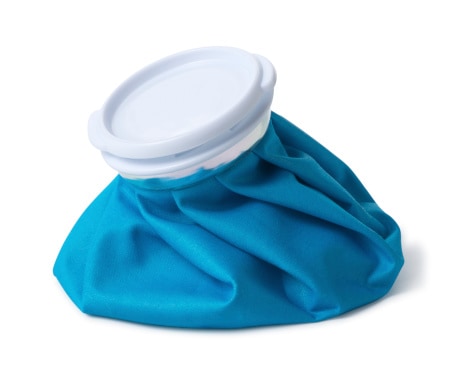



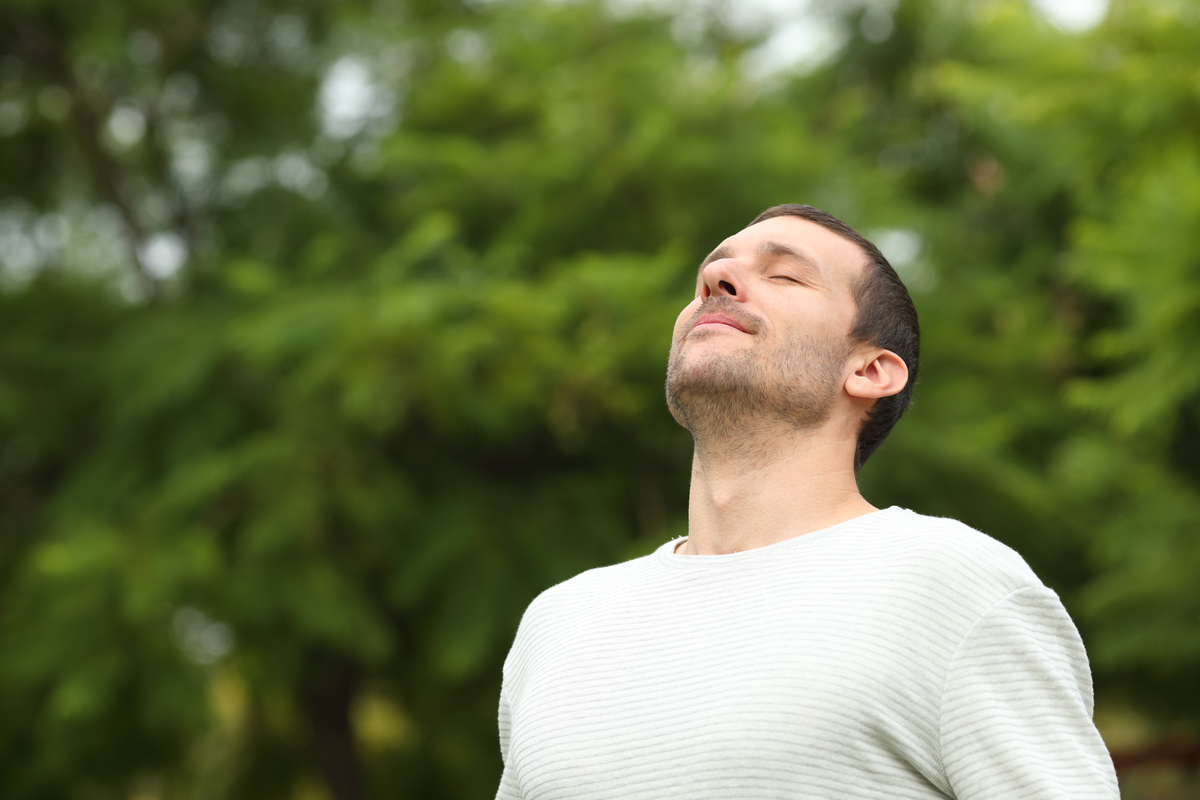
One Response
Thank you so much for your comment. Please don’t forget to subscribe to our blogs. Feel free to contact us if you need any further information.